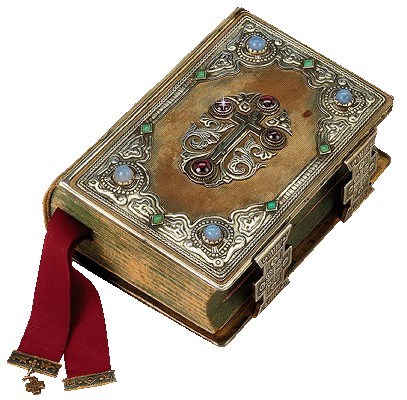 |
Orthodox Outlet for Dogmatic Enquiries | Digital Books |
|---|
CHAPTER 7
CONCLUSION
 |
Orthodox Outlet for Dogmatic Enquiries | Digital Books |
|---|
CHAPTER 7
CONCLUSION
|
In the
course of this essay, we have examined the presence and veneration
of the Holy Icons in the light of history, Scripture, and the
content of the Christian Faith. It has been shown that,
Early
Christians probably began painting Images of Christ, of His Mother,
and of holy people in their homes and churches largely as a
spontaneous expression of their piety and love for their Lord.
Honoring God and commemorating the Saints and events of Christ's
life through artistic depictions probably seemed quite natural to
them; it was common practice, as we have seen, in the Judaism from
which Christianity emerged and to which it still held very close
ties. These early Christians probably put little if any thought into
the deeper implications and meanings of Christian iconography. And
not much changed in these respects until over 700 years into the
Christian era with the outbreak of the first-ever movement of
iconoclasm within Christianity.
As a result
of this movement to destroy and ban the Holy Icons, Christians were
forced to take a deeper look at what they had been doing all along
and to explore its implications and logical conclusions. What they
found is that this practice of iconography which had been natural
but largely lacking in deeper meaning thus far was in fact an
essential aspect of the Christian Faith without which the primary
truths of Christianity would be turned on their head. In short, what
had been simply “traditional,” something that had always been done,
had become a “Holy Tradition,” itself a central principle of
Orthodox Christianity.
|
Article posted in English on: 21-1-2015.
Last Update: 21-1-2015.